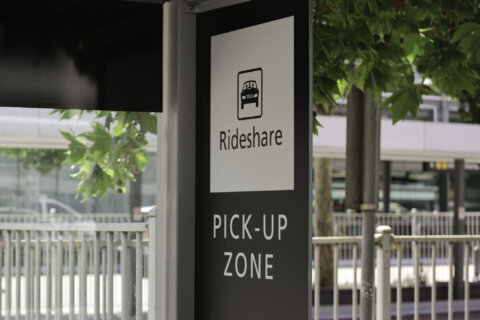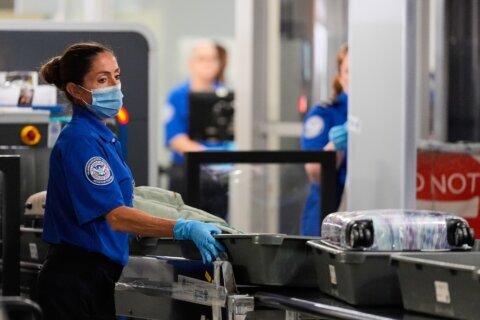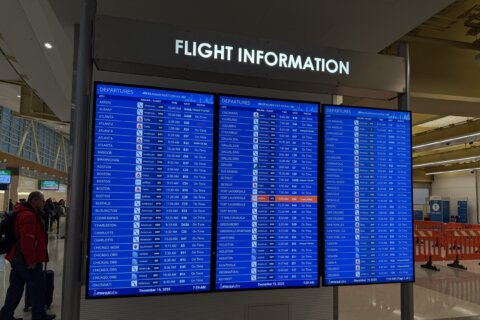WASHINGTON — It’s that time of year when the travel sections of bookstores are flooded with people pouring over the latest Frommer’s to plan their summer vacations.
The must-see museums in Madrid? There are guides for that. The best restaurants in Rome? Several maps on the shelves hold the answer.
But if you’re looking for a truly out-of-this-world journey, only one travel book will suffice. It’s called “Vacation Guide to the Solar System: Science for the Savvy Space Traveler,” and it details the must-do activities and can’t-miss destinations on the planets and their moons.
Olivia Koski, head of operations at Guerrilla Science, and Jana Grcevich, astronomer and science educator at the American Museum of Natural History, are the authors behind the new space travel publication. The idea for the book came shortly after Guerrilla Science launched its Intergalactic Travel Bureau, which hosts live, interactive space planning sessions for the public.
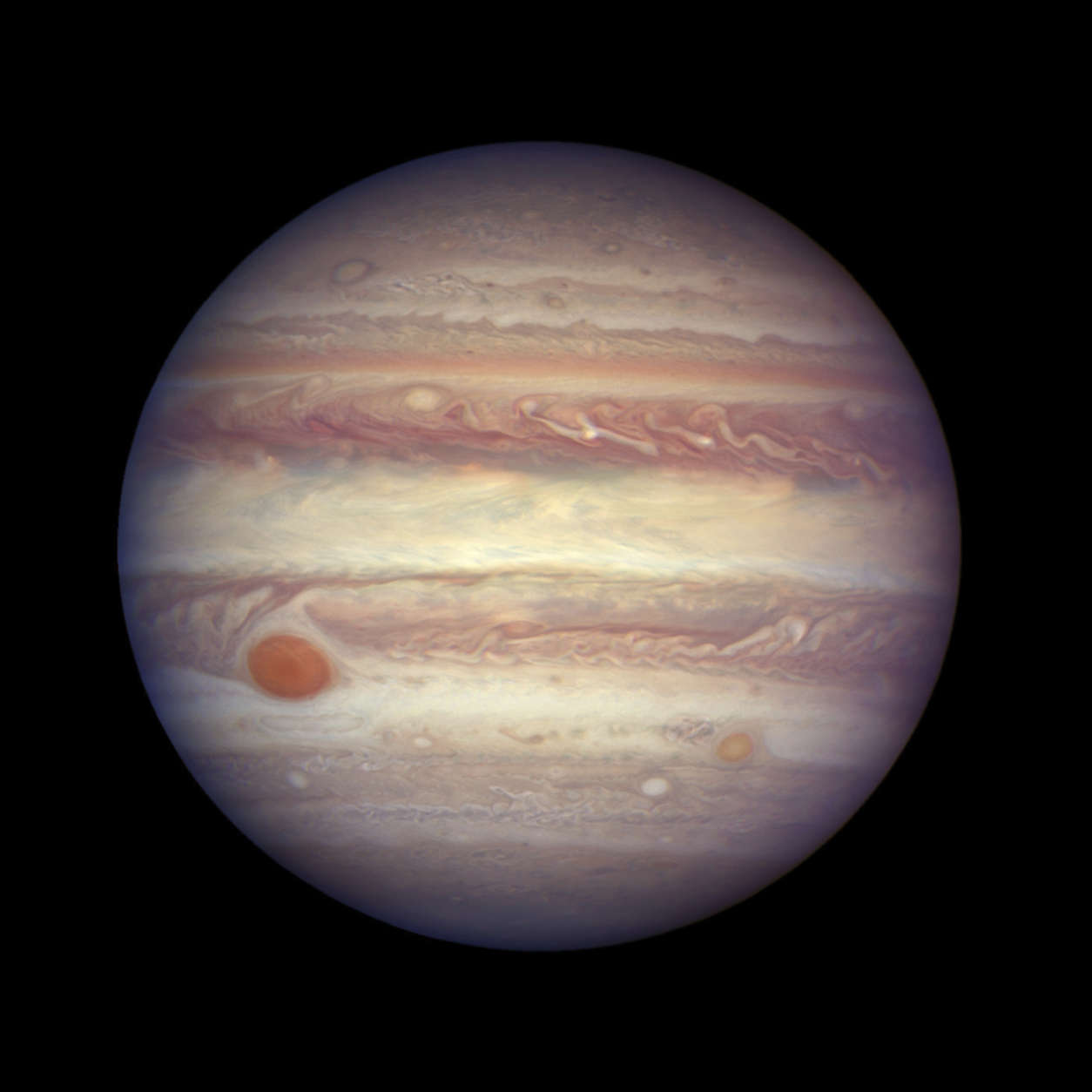
The best places to vacation in space
If Koski had to pick one place to visit, it would be Jupiter, which like Saturn, is a gas planet. “You couldn’t actually stand on the surface of Jupiter, but you could orbit around it and see the beautiful swirling gasses from orbit,” she said. Jupiter’s unique moons — including one covered in volcanoes and another covered in ice — are also a big draw. Grcevich’s pick would be Titan, the largest moon on Saturn. “I’m into beach vacations, although this is not a usual beach vacation because it’s several hundred degrees below zero,” she said. Travelers can expect to find “beautiful methane and ethane lakes that you could walk on the shores of” and an atmosphere so thick, one “could become airborne under your own power.” via AP) (NASA, ESA, and A. Simon (GSFC)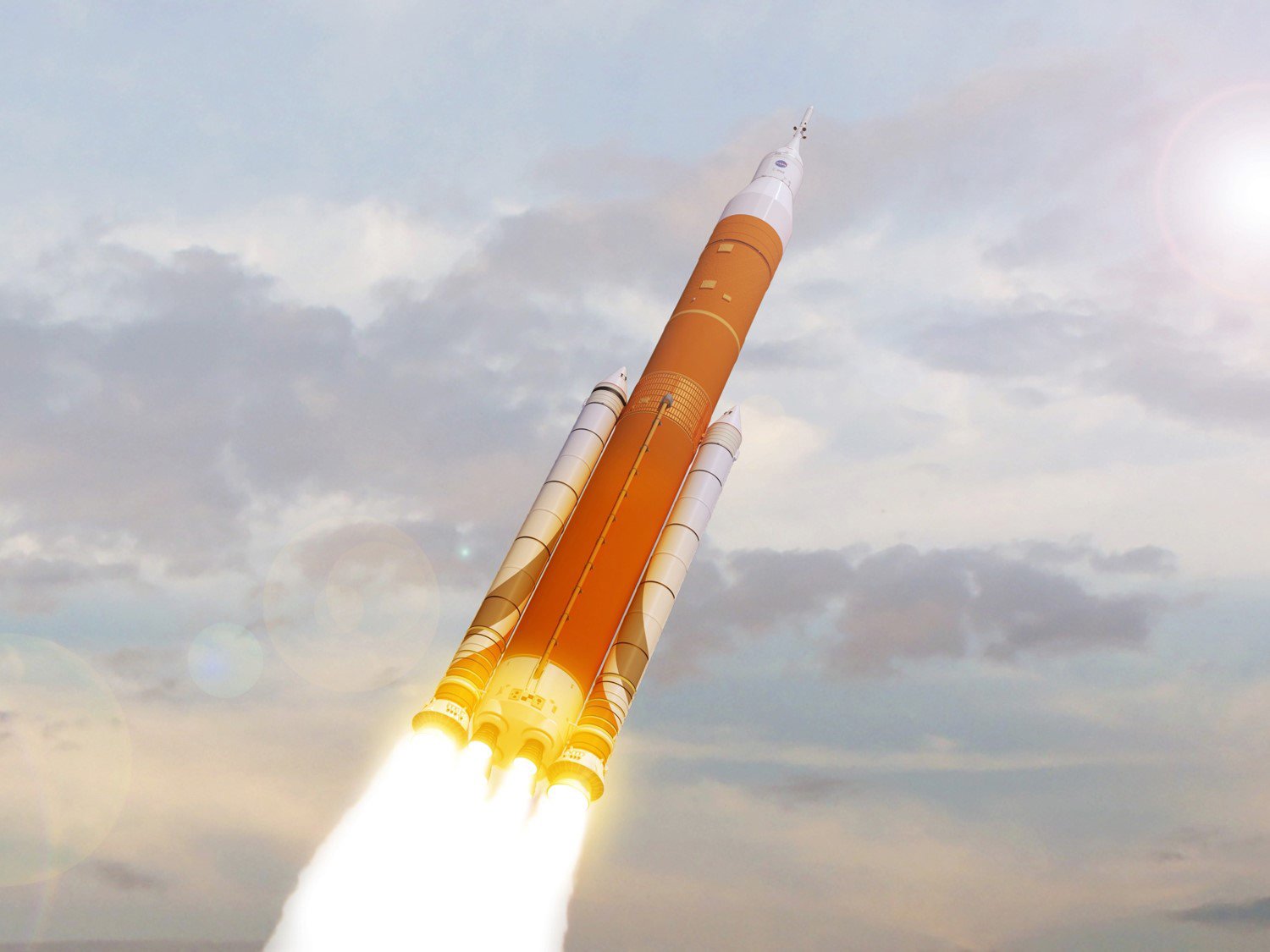
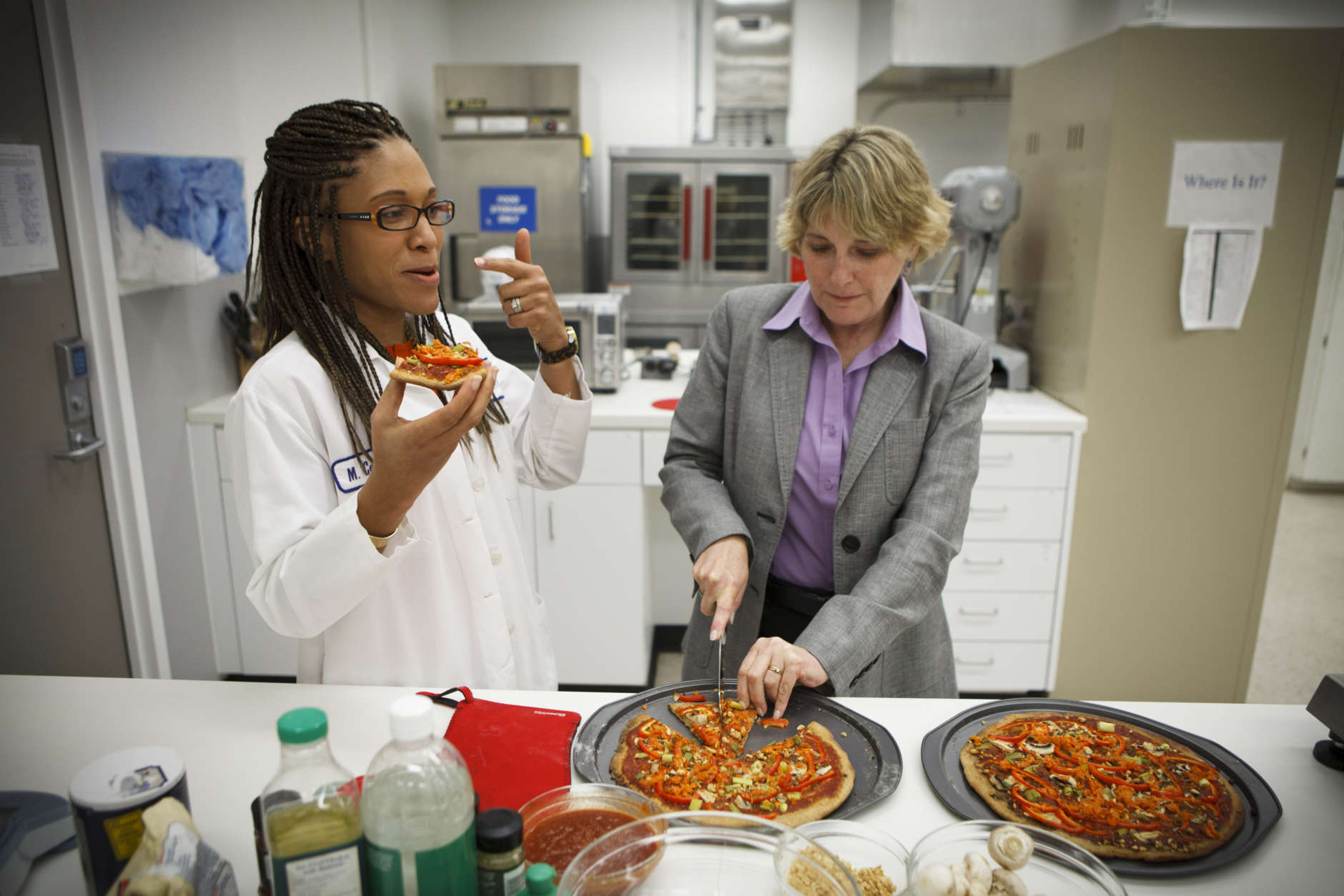
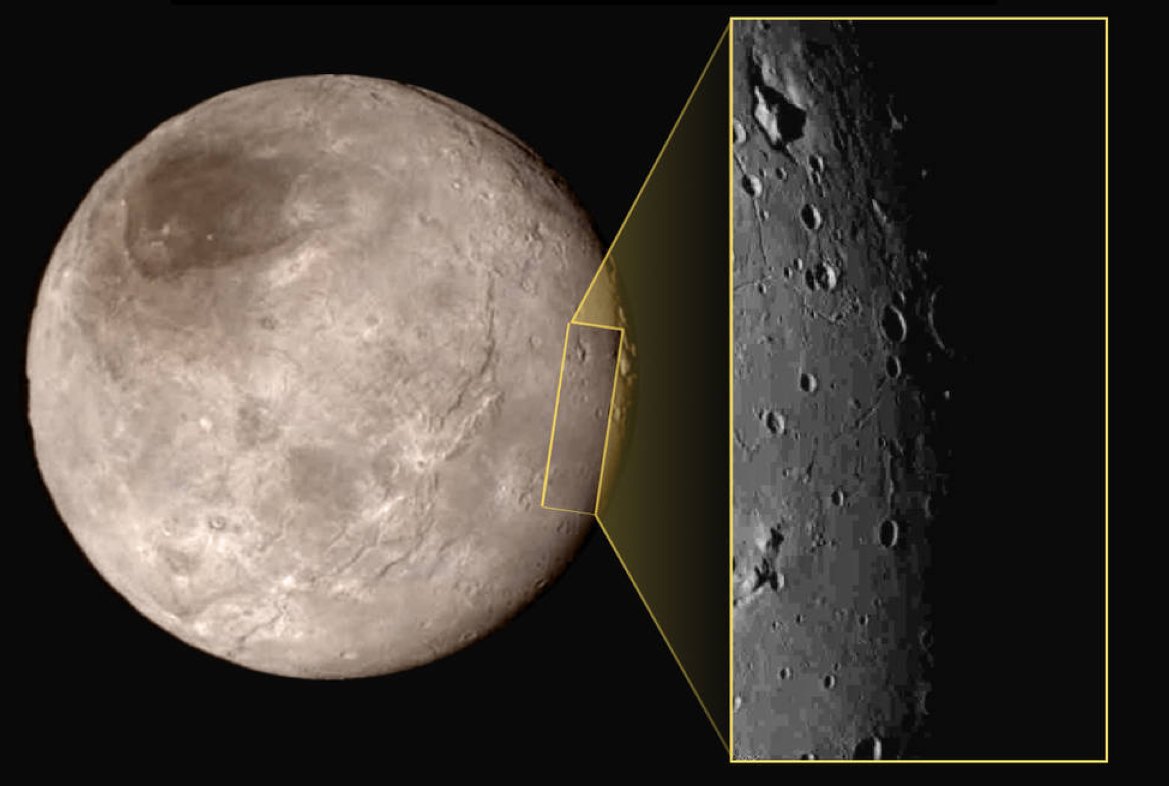
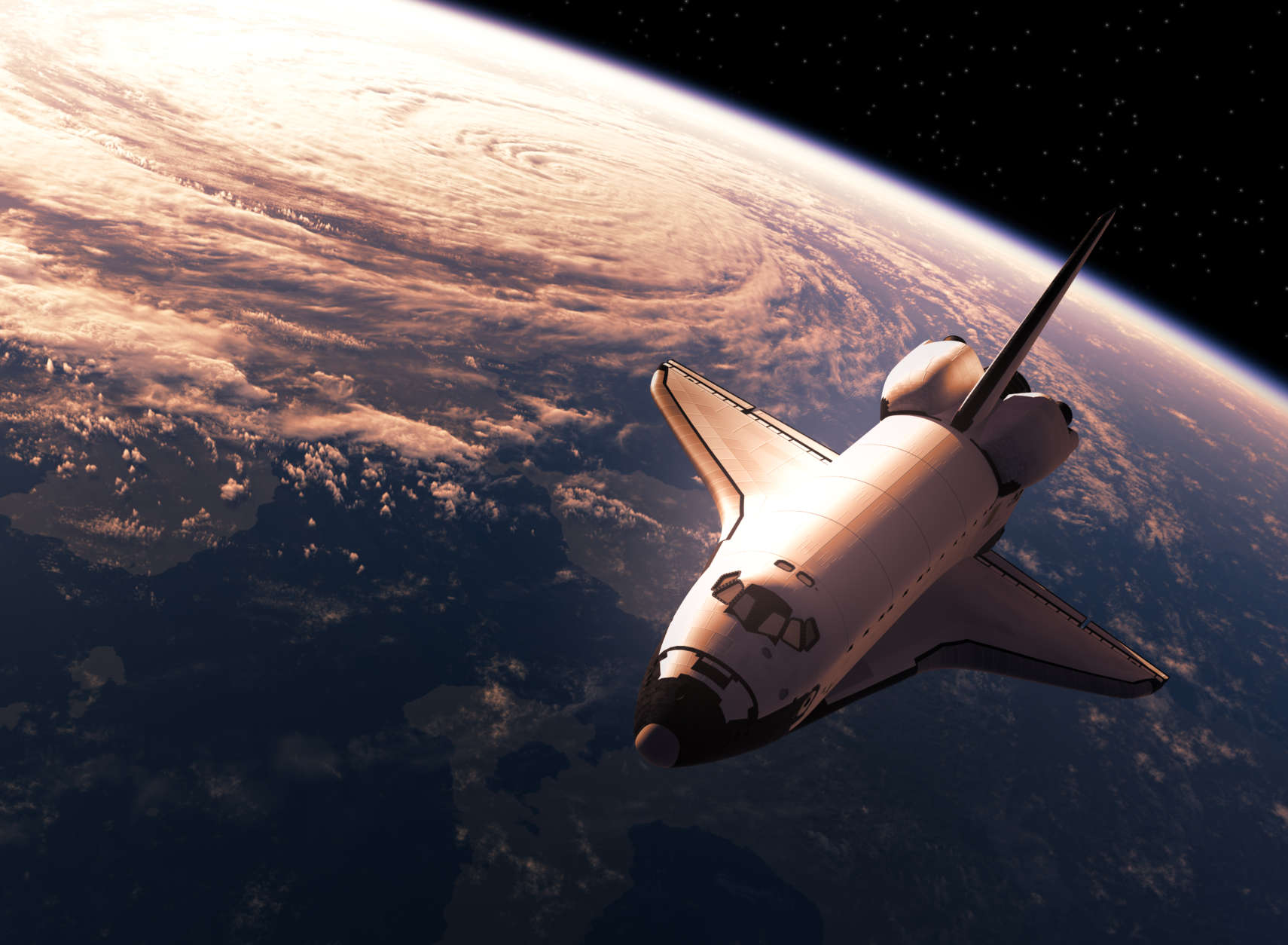
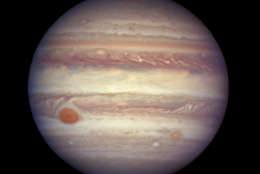
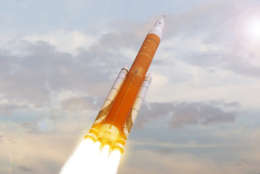

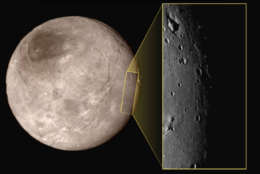
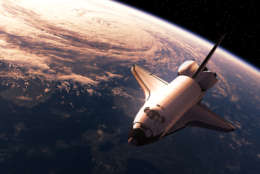
While “Vacation Guide to the Solar System” errs on the side of fun and fantasy, the subject is no laughing matter. Koski and Grcevich include fascinating facts about the science of the solar system on every page.
They even consulted with astronomers, physicists and space lawyers to answer potential questions pertaining to planetary travel — including what it’d be like to ride a bike on Mars.
“It turns out that when you start asking questions like, ‘If you get mugged on the moon, what do you do?’ These are questions that haven’t quite been fully answered yet,” Grcevich said.
“But what’s fascinating is that a lot of people are thinking about them, even if that particular case hasn’t arisen yet,” Koski added.
Interested in an intergalactic holiday? Koski and Grcevich share some of their best tips for an expedition far away from Earth in the gallery above.
Olivia Koski and Jana Grcevich, authors of “Vacation Guide to the Solar System,” will be at D.C.’s East City Book Shop Wednesday, June 7 from 6:30 to 8:30 p.m. The event is free and open to the public.

